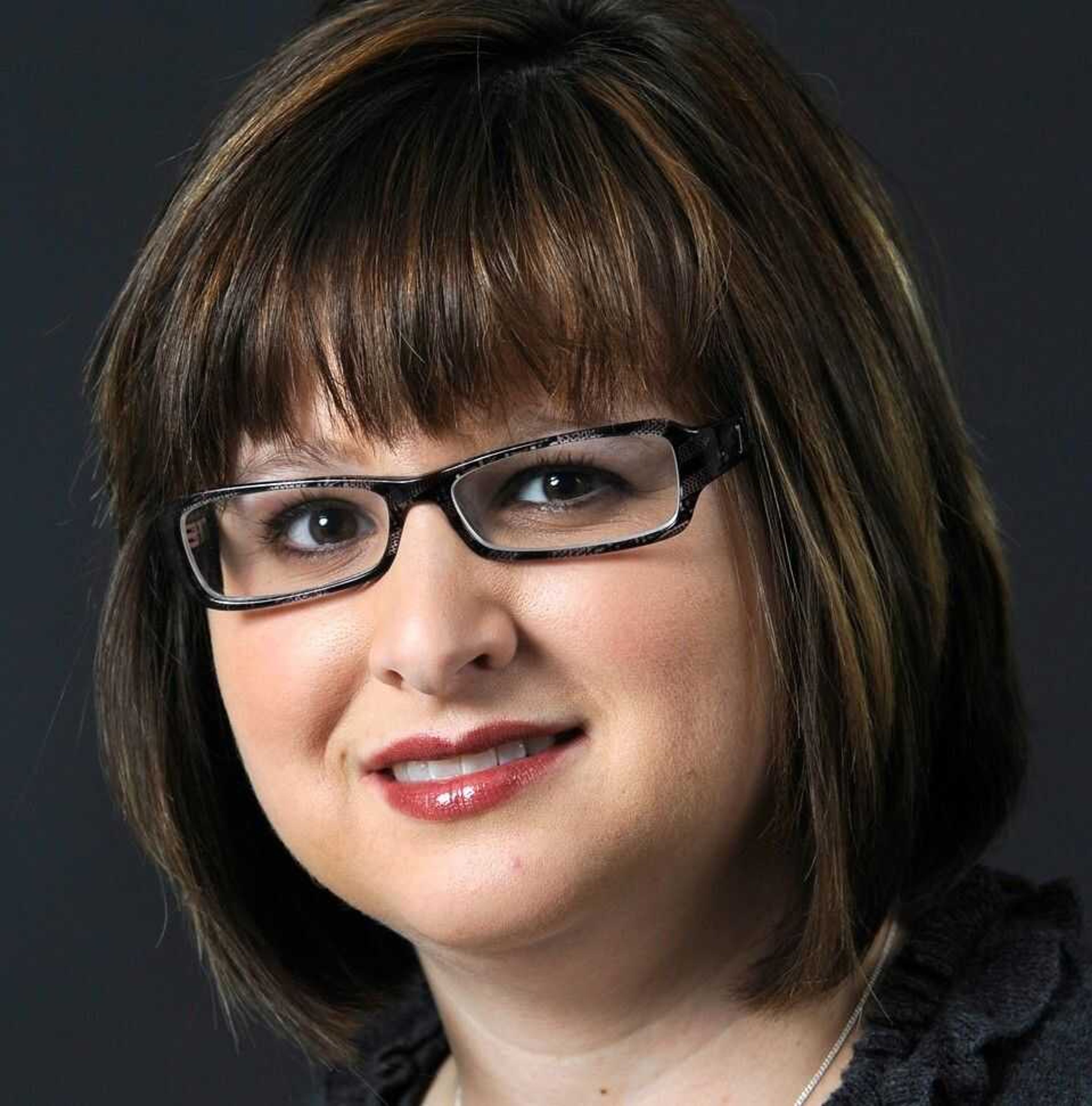Cape's aviation history, Part 2: Learning to fly at the Cape Girardeau airport
Editor's Note: This is the second in a four-part series on aviation in Cape Girardeau appearing in connection with the Cape Girardeau Regional Air Show this weekend. Since the city inherited what is now the Cape Girardeau Regional Airport after World War II, it continues to be a hub of aviation activity for area pilots and passengers alike...
Editor's Note: This is the second in a four-part series on aviation in Cape Girardeau appearing in connection with the Cape Girardeau Regional Air Show this weekend.
Since the city inherited what is now the Cape Girardeau Regional Airport after World War II, it continues to be a hub of aviation activity for area pilots and passengers alike.
"The airport would not have existed had it not been for the war," said Terry Irwin of Gordonville, who is writing a book on Cape Girardeau's aviation history.
Known as Harris Field at the time, hundreds of pilots learned to fly here before going to Europe during World War II.
By 1946, the airfield was declared government surplus property and it was up to the city to convert the former military installation into something that would benefit Cape Girardeau.
Members of the city's first airport board included H.I. Himmelberger, A.W. Zimmer Jr., C.A. Juden, Rush H. Limbaugh Jr., and Frank A. Lowry.
J.T. Seesing, 89, of Cape Girardeau, along with partners John E. Godwin Jr. and James Schumacher bought what had been known before World War II as the Consolidated School of Aviation and changed the name to Cape Central Airways.
This new company served as the airport's fixed-base operator, providing a variety of services including fueling and servicing aircraft.
"Our main intention was to promote aviation for the city," Seesing said. "We never did make any money, but our children always had a job."
In fact, five of his six children learned to fly and three are still active pilots.
One of his Seesing's first tasks was to get signage for the new civilian airport.
"People thought it was still part of a military base, and there were no signs to tell people where the airport was," said Betty Roth, Seesing's daughter.
At its peak, Cape Central Airways had about 50 employees including its ground crew and radio shop. The company offered flight instruction, crop dusting, charter flights and eventually sold airplanes, too. The company also delivered the Sunday edition of the Memphis Commercial Appeal newspaper throughout Southeast Missouri by air for a time.
"A man was sitting on his bed putting on his shoes and the paper came in through the window and landed right at his feet," Seesing said. "He thought that was pretty good service."
Through the years, Seesing worked with a variety of passenger airlines offering service from Cape Girardeau. The first to make scheduled flights from Cape Girardeau was Ozark Airlines in 1951, he said. Other companies included Sun Air, Air Illinois, Britt Airways and later TWA.
In June 1960, Seesing organized the first Aviation Day in Cape Girardeau, a precursor the Cape Girardeau Regional Air Festival.
"Initially what we were doing was aviation education, not necessarily entertainment like it is now," said Seesing's wife, Joyce.
Local pilots did some acrobatic flying and offered rides for "a penny per pound."
Seesing said he's been accused of doing some acrobatic flying himself, but it was never intentional.
"Crop dusting does not qualify as acrobatic," his wife said. "But it's really one in the same."
In the late 1960s the airport's runway was extended to 6,500 feet and shortly after the U.S. Navy's Blue Angels first came to Cape Girardeau in 1968, drawing a crowd of 25,000 people.
During the country's first energy crisis in 1976, Seesing sold Cape Central Airways.
"We weren't able to get enough gas to fuel our own planes," he said. Later he operated an aviation insurance company, retiring in 2002.
Seesing's son, Mark, became the city's first full-time airport manager in 1989 to 1993.
Current airport manager Bruce Loy said the airport is seeing more traffic with the passenger service now operated by Cape Air and an increasing number of private planes.
"We're on an uptrend in our fuel sales, and we are seeing an increase in recreational and business aviation," Loy said. "We are in dire need of more hangar space. I don't have a hangar that isn't full."
In recent months, the airport has seen between 300 and 500 people fly into Cape Girardeau on small personal aircraft as well as business jets, Loy said.
"It's always been one of the best front doors to the city," said Mark Seesing. "It's been a long time since any big business executive has come into Cape on a boat or a train."
Loy said he's still holding out hope that there will be more industrial growth at the airport in the future.
The airport's current master plan calls for a runway extension and the construction of an air cargo facility, Loy said.
mmillersemissourian.com
388-3646
Coming Tuesday: The pilots who call the city's airport home.
Coming Wednesday: Notable performers and politicians who have passed through the airport.
Pertinent Address:
860 Limbaugh Drive, Scott City, MO
Connect with the Southeast Missourian Newsroom:
For corrections to this story or other insights for the editor, click here. To submit a letter to the editor, click here. To learn about the Southeast Missourian’s AI Policy, click here.











